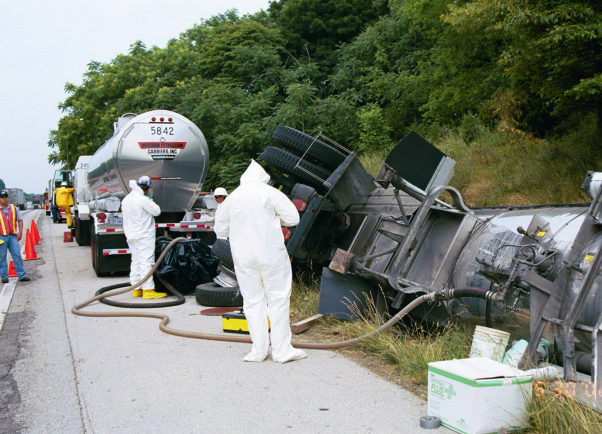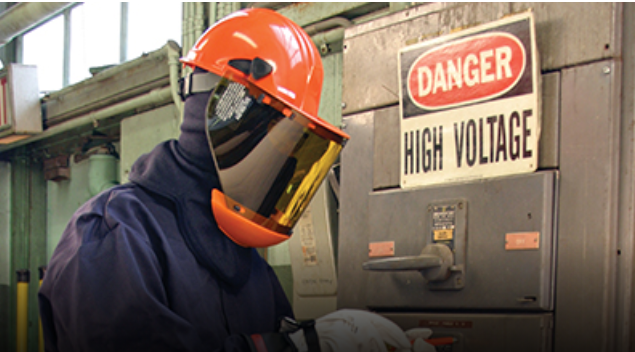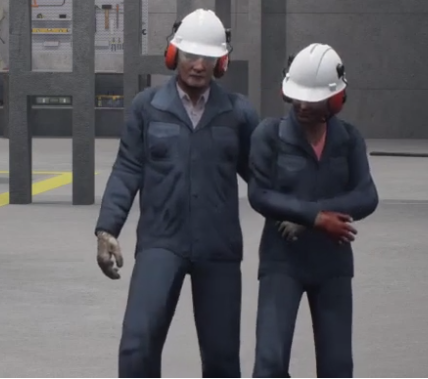-
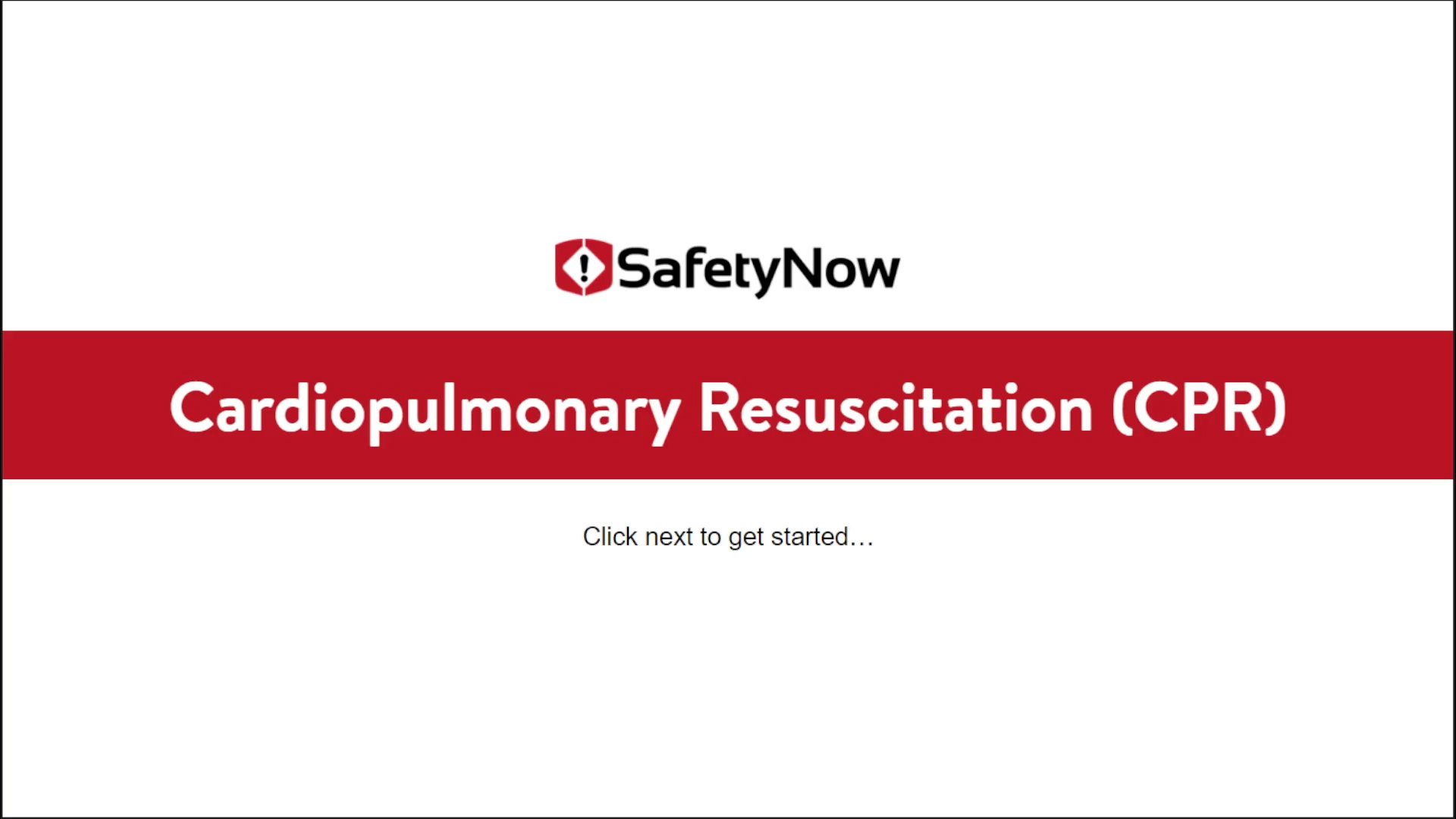
 Cardiopulmonary resuscitation (CPR) is a technique used to slow the process of brain death by restarting the heart and getting a person breathing again. Cardiopulmonary Resuscitation (CPR) can provide oxygen to the brain and other vital organs of a person who, by every indication, is dead. Used early and correctly, the technique can buy time for the victim until medical attention can be given.
Cardiopulmonary resuscitation (CPR) is a technique used to slow the process of brain death by restarting the heart and getting a person breathing again. Cardiopulmonary Resuscitation (CPR) can provide oxygen to the brain and other vital organs of a person who, by every indication, is dead. Used early and correctly, the technique can buy time for the victim until medical attention can be given. -

 Every day in the U.S., 9 people are killed and more than 1,060 people are injured in crashes that are reported to involve a distracted driver. The cause for concern is obvious. Transportation related occupational fatalities are the number one cause of death in the American workforce. The purpose of this lesson is to heighten drivers’ awareness of the dangers of distracted driving and identify ways to stay safe when sharing the road with distracted drivers.
Every day in the U.S., 9 people are killed and more than 1,060 people are injured in crashes that are reported to involve a distracted driver. The cause for concern is obvious. Transportation related occupational fatalities are the number one cause of death in the American workforce. The purpose of this lesson is to heighten drivers’ awareness of the dangers of distracted driving and identify ways to stay safe when sharing the road with distracted drivers. -
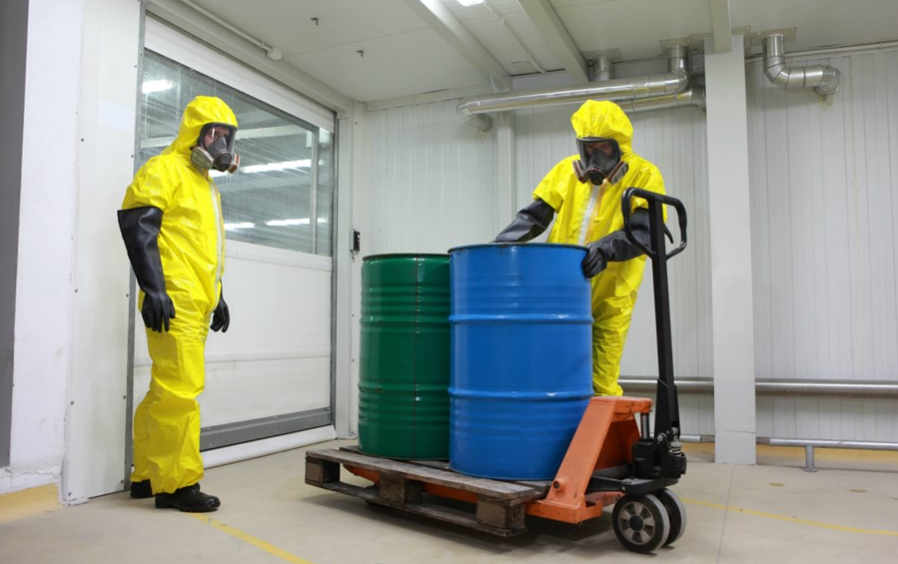
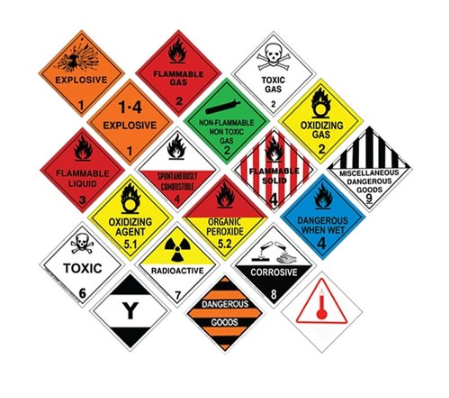 DOT Hazardous Materials General Awareness consists of five lessons, The goal of this library is to offer the required DOT awareness-level lessons that help save lives in high risk work environments, particularly those that involve transporting hazardous materials. The first lesson is DOT Fundamentals of Hazardous Materials. This lesson provides an overview of the hazardous materials transport process and introduces the learner to the many references used during that process.
DOT Hazardous Materials General Awareness consists of five lessons, The goal of this library is to offer the required DOT awareness-level lessons that help save lives in high risk work environments, particularly those that involve transporting hazardous materials. The first lesson is DOT Fundamentals of Hazardous Materials. This lesson provides an overview of the hazardous materials transport process and introduces the learner to the many references used during that process. -

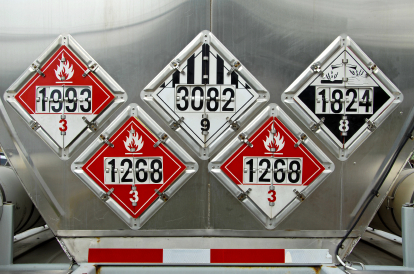 When on the road, job, and everywhere in-between, identifying hazardous materials and knowing exactly how to handle them is one of the most important tasks a worker must know. Because of the importance of identifying these hazardous materials properly, the U.S. Department of Transportation (DOT) requires all workers that handle these materials to take safety training in order to help protect themselves as well as others around them.
When on the road, job, and everywhere in-between, identifying hazardous materials and knowing exactly how to handle them is one of the most important tasks a worker must know. Because of the importance of identifying these hazardous materials properly, the U.S. Department of Transportation (DOT) requires all workers that handle these materials to take safety training in order to help protect themselves as well as others around them. -
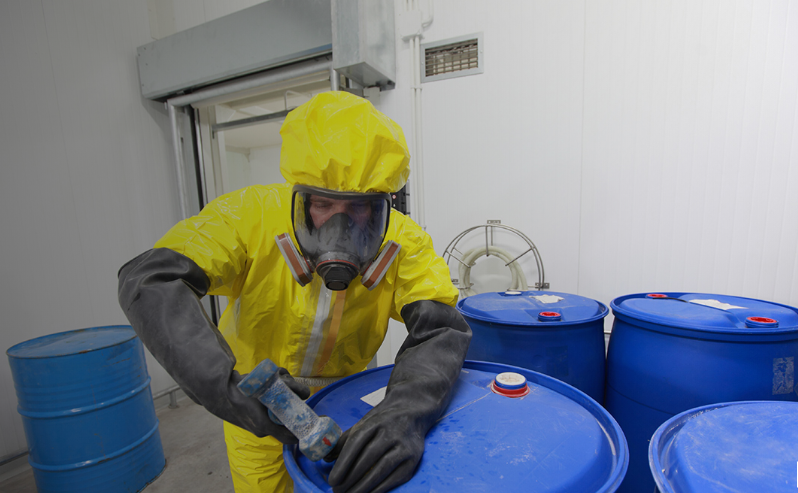
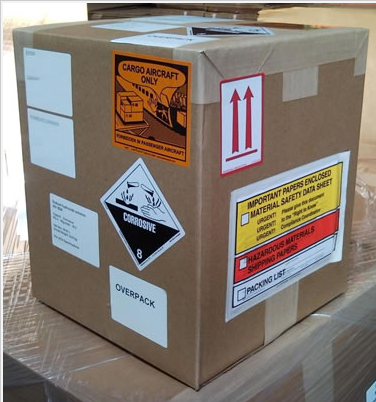 DOT Packaging Hazardous Materials is part of our DOT Transportation library. It covers the steps for packaging a hazardous material, how to select appropriate hazardous materials packaging and how to determine and prepare required hazardous materials identifiers, including labels, markings, placards, and shipping papers.
DOT Packaging Hazardous Materials is part of our DOT Transportation library. It covers the steps for packaging a hazardous material, how to select appropriate hazardous materials packaging and how to determine and prepare required hazardous materials identifiers, including labels, markings, placards, and shipping papers. -

 According to the Environmental Protection Agency (EPA), “Hazardous waste is waste that is dangerous or potentially harmful to our health or the environment. Hazardous wastes can be liquids, solids, gases, or sludges. They can be discarded commercial products, like cleaning fluids or pesticides, or the by-products of manufacturing processes.” There is a growing awareness of the dangerous side effects of hazardous waste contamination. Years ago, many industrial plants discharged heavy metals and unstable organic compounds directly into streams or injected them into the earth’s subsurface through wells, causing illness in populations with close proximity to these toxic sites. This lesson teaches the industrial sources of land, air, and water pollution, the health dangers that environmental pollutants present, and the types of actions that industrial facility workers must complete in order to control industrial pollutants and respond to environmental incidents.
According to the Environmental Protection Agency (EPA), “Hazardous waste is waste that is dangerous or potentially harmful to our health or the environment. Hazardous wastes can be liquids, solids, gases, or sludges. They can be discarded commercial products, like cleaning fluids or pesticides, or the by-products of manufacturing processes.” There is a growing awareness of the dangerous side effects of hazardous waste contamination. Years ago, many industrial plants discharged heavy metals and unstable organic compounds directly into streams or injected them into the earth’s subsurface through wells, causing illness in populations with close proximity to these toxic sites. This lesson teaches the industrial sources of land, air, and water pollution, the health dangers that environmental pollutants present, and the types of actions that industrial facility workers must complete in order to control industrial pollutants and respond to environmental incidents. -
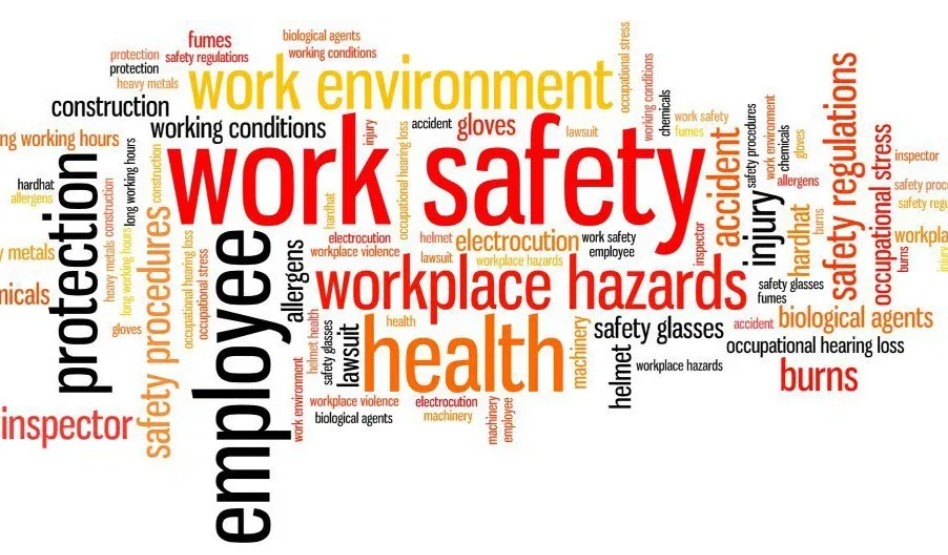
 Emergency planning is critical for operations that handle or produce significant quantities of hazardous materials. Because of the danger to employees working at these facilities and to the general public presented by the harmful release of hazardous materials, likes noxious, combustible gases and waste, people have a right to know about the potential for danger involved in related operations.
Emergency planning is critical for operations that handle or produce significant quantities of hazardous materials. Because of the danger to employees working at these facilities and to the general public presented by the harmful release of hazardous materials, likes noxious, combustible gases and waste, people have a right to know about the potential for danger involved in related operations.

